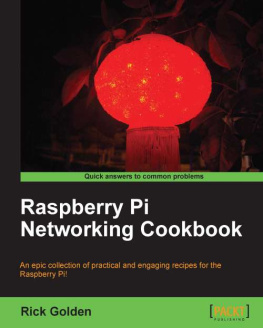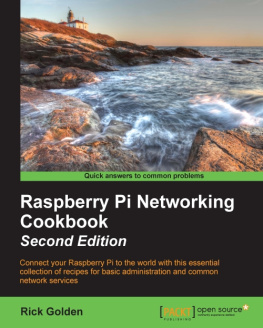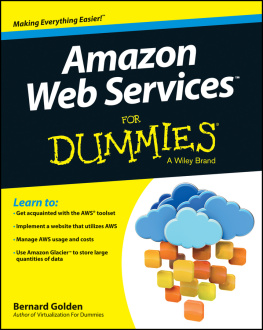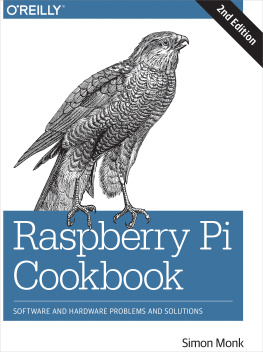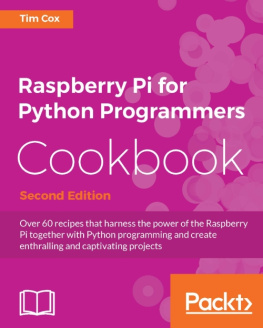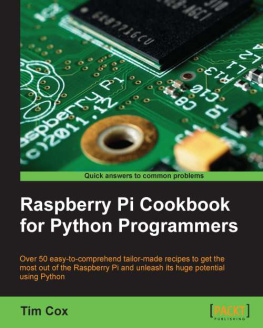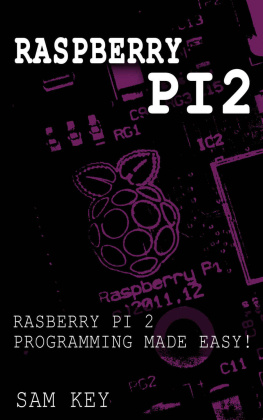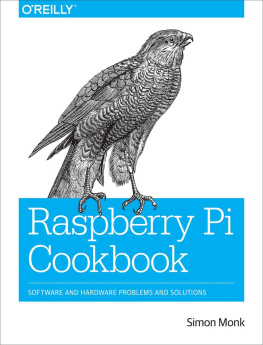About the Author
Rick Golden sat in the computer lab at SUNY Fredonia and completed his first CAI tutorial for programming in APL. It was the summer of 1972; he was nine years old.
Most of the programming that he has done since then has been in Algol-based languages such as PL/I, FORTRAN, BASIC, Pascal, C, C++, C#, Objective C, and Java. He did occasionally write code in languages such as APL, FORTH, LISP, and Scheme; however, he could not find an employer that would actually pay him to develop solutions using those non-structured languages. In recent years he has had more success introducing organizations to scripting languages such as Python, Perl, TCL, Ruby, Groovy, and Node.js.
He also had the privilege to work in many different domains applying leading technologies through each cutting-edge wave of structured programming, architectural frameworks, and design patterns. He has championed distributed computing, scripting languages, SOA, browser applications, CMS, ESBs, web services, nosql and map-reduce, top-down structured approach, UML, use cases, XP - extreme programming, iterative development, and agile development. And, he is still moving forward.
Now, as he approaches his 40th year as a programmer, software architect, and product managera career that has spanned eighty percent of his life. He greatly enjoys guiding and coaching the next generation of programmers and software architectsawakening others to the same joy and passion for computing that he has had for the past 40 years.
I'd like to thank my family for giving me the space to complete this book. They have always been supportive and remain my biggest fans.
I'd also like to thank my colleagues Corny, David, Darren, and Pete who have always been available for advice and snippets of code when I needed them; Greg, John, and Steve who were long ago my interns but still remain sources of inspiration; and Ingo who is now and will remain always my muse.
And, most importantly, I'd like to thank my father, George H. Golden Jr., who sat me down in front of a teletype when I was eight years old and showed me how to play Hunt The Wumpus. Not only did my dad introduce me to computers and computer programming, he also introduced me to the Raspberry Pi. Without his encouragement, I could not have written this book.
About the Reviewers
Hector Cuesta-Arvizu provides consulting services for software engineering and data analysis with over 8 years of experience in a variety of industries including financial services, social networking, e-learning, and Human Resources. He is a Raspberry Pi enthusiast.
Hector holds a Bachelor's Degree in Informatics and a Master's Degree in Computer Science. His main research interests lie in Machine Learning, High Performance Computing, Simulation, and Visualization. He has published 12 Scientific Papers in International Conferences and Journals.
You can follow him on Twitter at https://twitter.com/hmCuesta.
Shea Silverman has been using computers since he was two years old. He has always been drawn to technology, video games, education, and the public sector. He is currently a member of the Orlando hackerspace FamiLAB, an alumni of the University of Central Florida, and is working towards his Masters in Nonprofit Management.
I would like to thank my family and friends for their ongoing support in my endeavors. I would also like to thank Liz, Eben, and the Raspberry Pi Foundation for the creation of the Raspberry Pi, and the wonderful community that has flourished since its release.
www.PacktPub.com
Support files, eBooks, discount offers and more
You might want to visit www.PacktPub.com for support files and downloads related to your book.
Did you know that Packt offers eBook versions of every book published, with PDF and ePub files available? You can upgrade to the eBook version at > for more details.
At www.PacktPub.com, you can also read a collection of free technical articles, sign up for a range of free newsletters and receive exclusive discounts and offers on Packt books and eBooks.
http://PacktLib.PacktPub.com
Do you need instant solutions to your IT questions? PacktLib is Packt's online digital book library. Here, you can access, read and search across Packt's entire library of books.
Why Subscribe?
- Fully searchable across every book published by Packt
- Copy and paste, print and bookmark content
- On demand and accessible via web browser
Free Access for Packt account holders
If you have an account with Packt at www.PacktPub.com, you can use this to access PacktLib today and view nine entirely free books. Simply use your login credentials for immediate access.
Preface
Back in 2006, Eben Upton and his colleagues at the University of Cambridge's Computer Laboratory noticed a disturbing trendinterviewees for degree course placement did not know enough about what a computer is or how it worked. So, he set out to design an inexpensive computer that would inspire kids to experiment with computers at homea similar to the hobbyist computers, such as the Apple II, Amiga, and Commodore 64 computers of a generation before. On February 29, 2012, the first batch of 10,000 Raspberry Pis sold out within a few minutes, crashing the websites of the stores selling them. By the end of 2012 more than 500,000 Raspberry Pis have been sold and not just to school children.
The Raspberry Pi credit-card-sized single-board computer costs about $35 and has as much computing power as the early Xboxmore than enough power for playing games, running a home media center, a file server, a website, a small database, or a wireless access point. Its Broadcom

